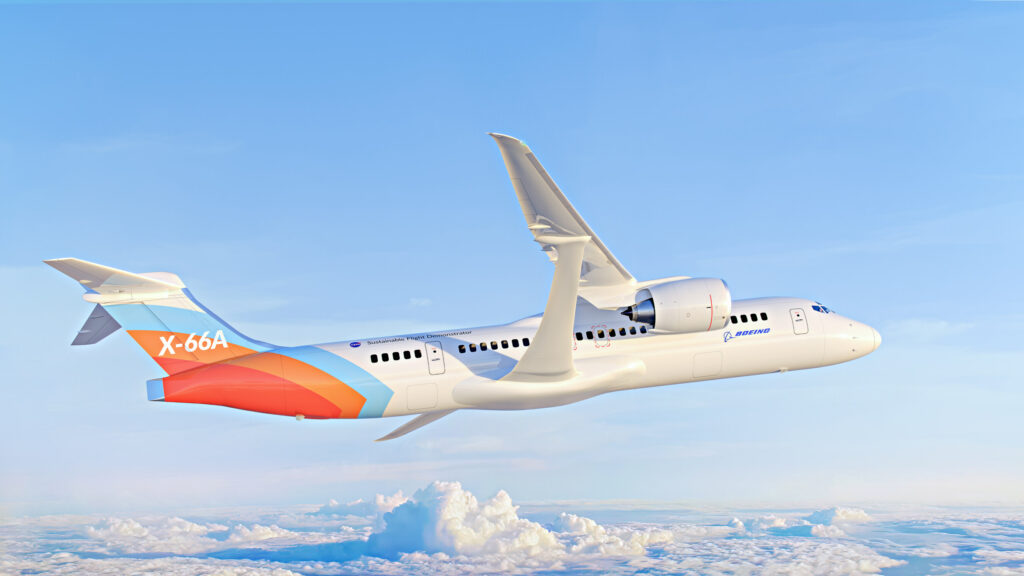U.S. Airlines to Support NASA-Boeing Sustainable Flight Demonstrator Project
OSHKOSH, Wis., July 25, 2023 /PRNewswire/ - Boeing [NYSE: BA] and NASA will collaborate with U.S. airlines to advise the Sustainable Flight Demonstrator (SFD) project and development of the X-66A research aircraft. As part of a new sustainability coalition, Alaska Airlines,…
